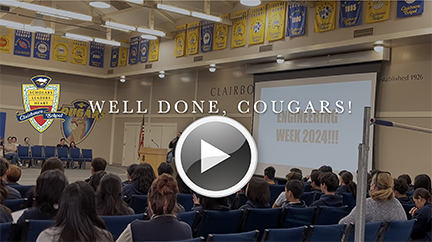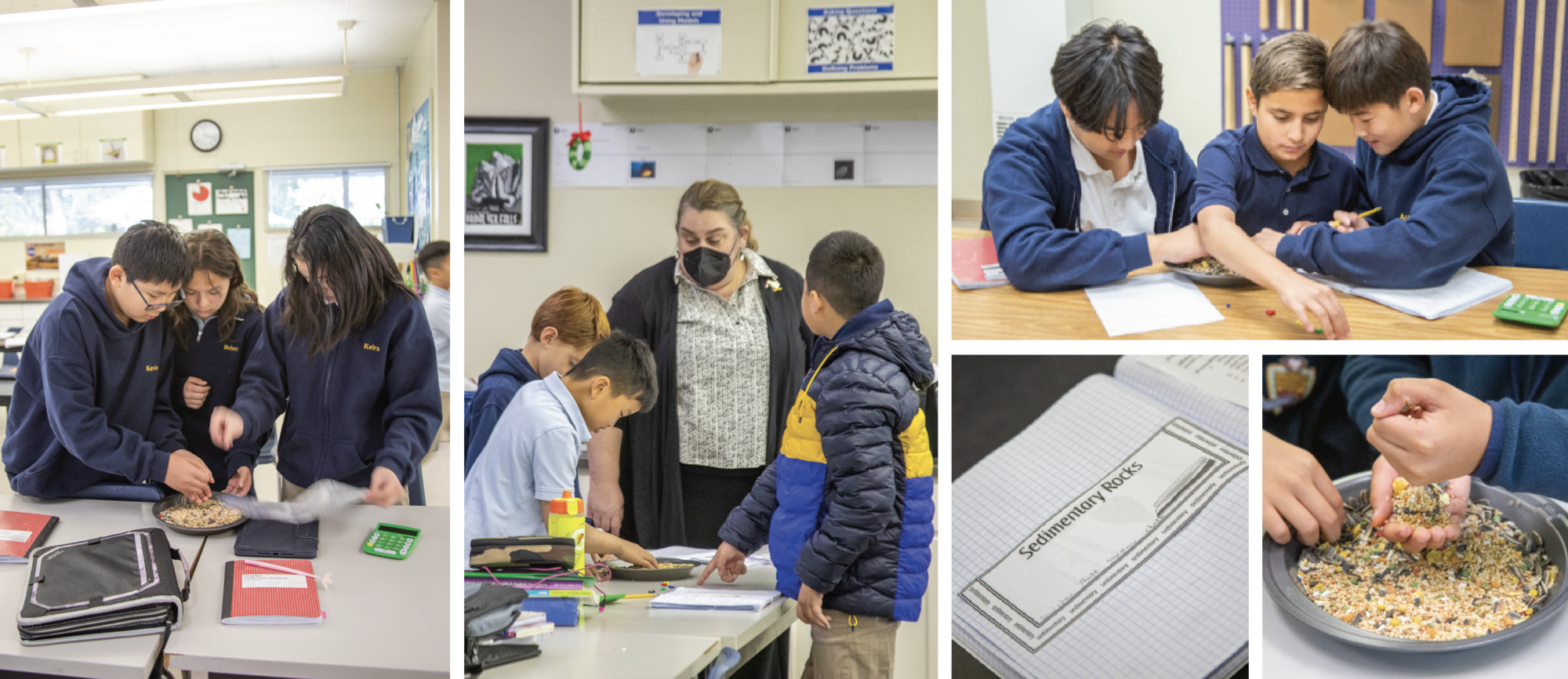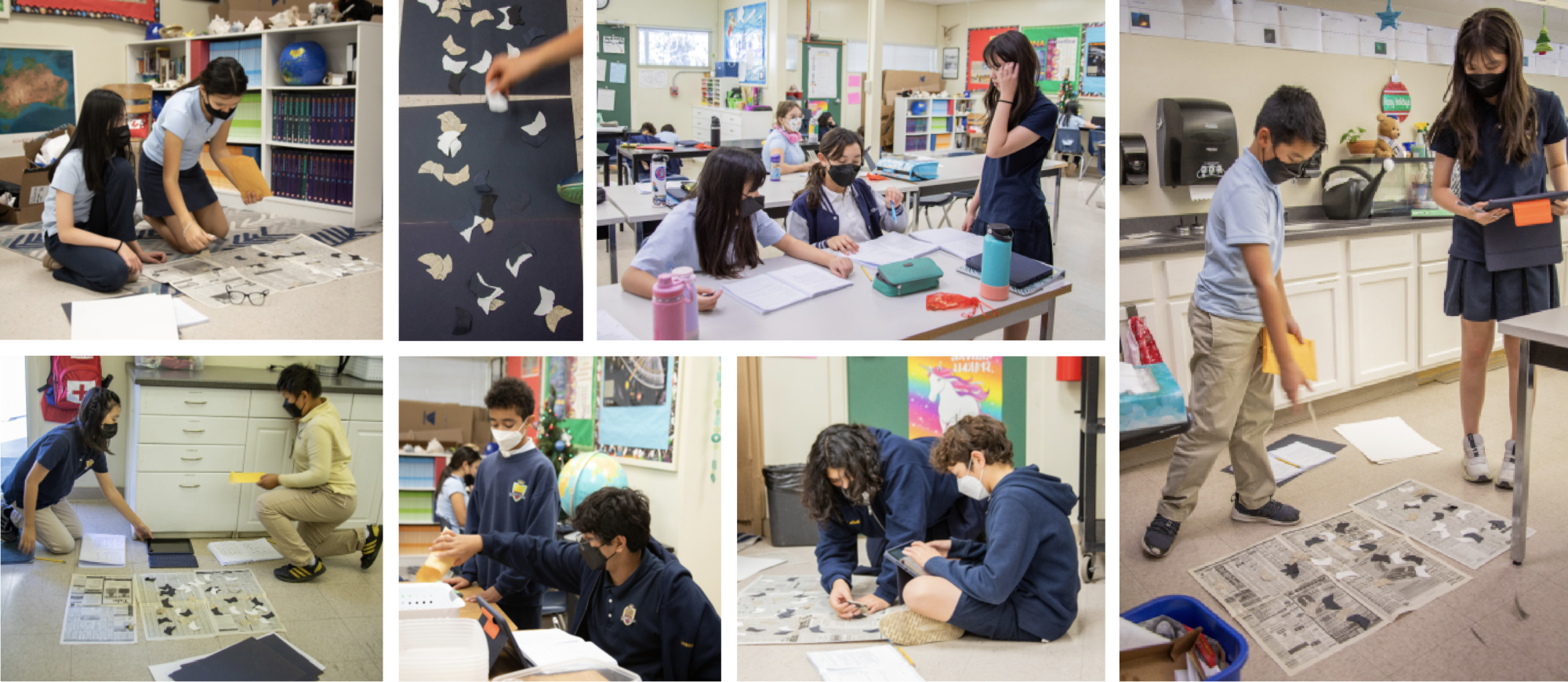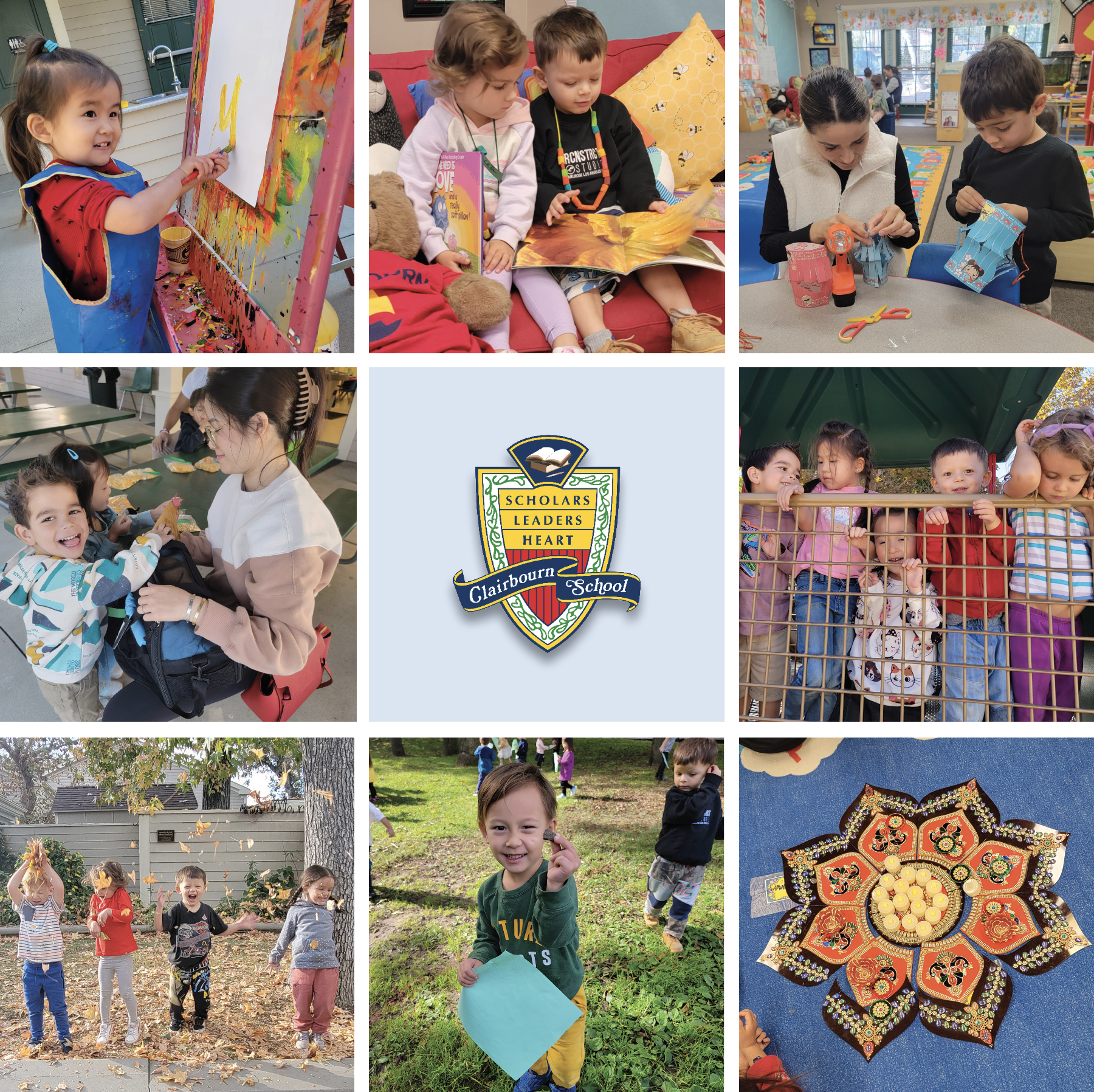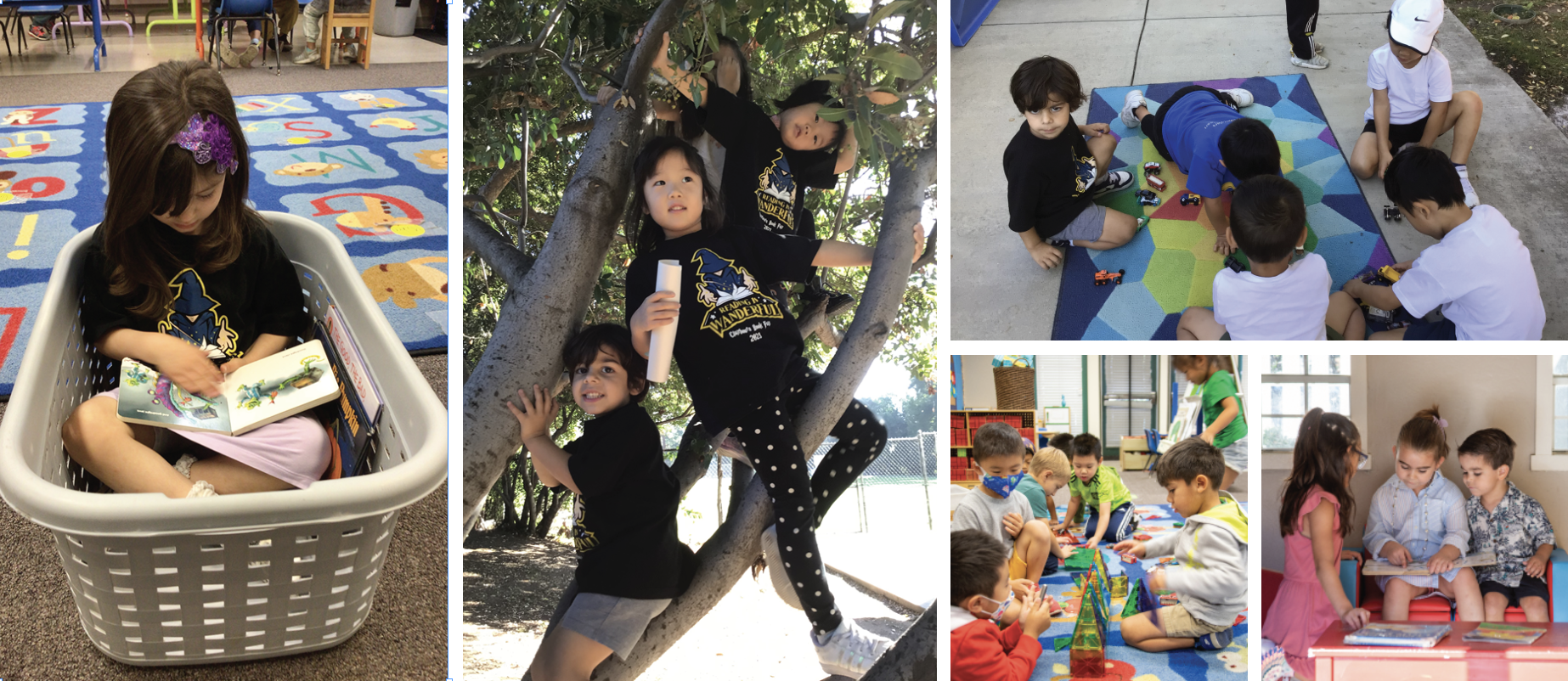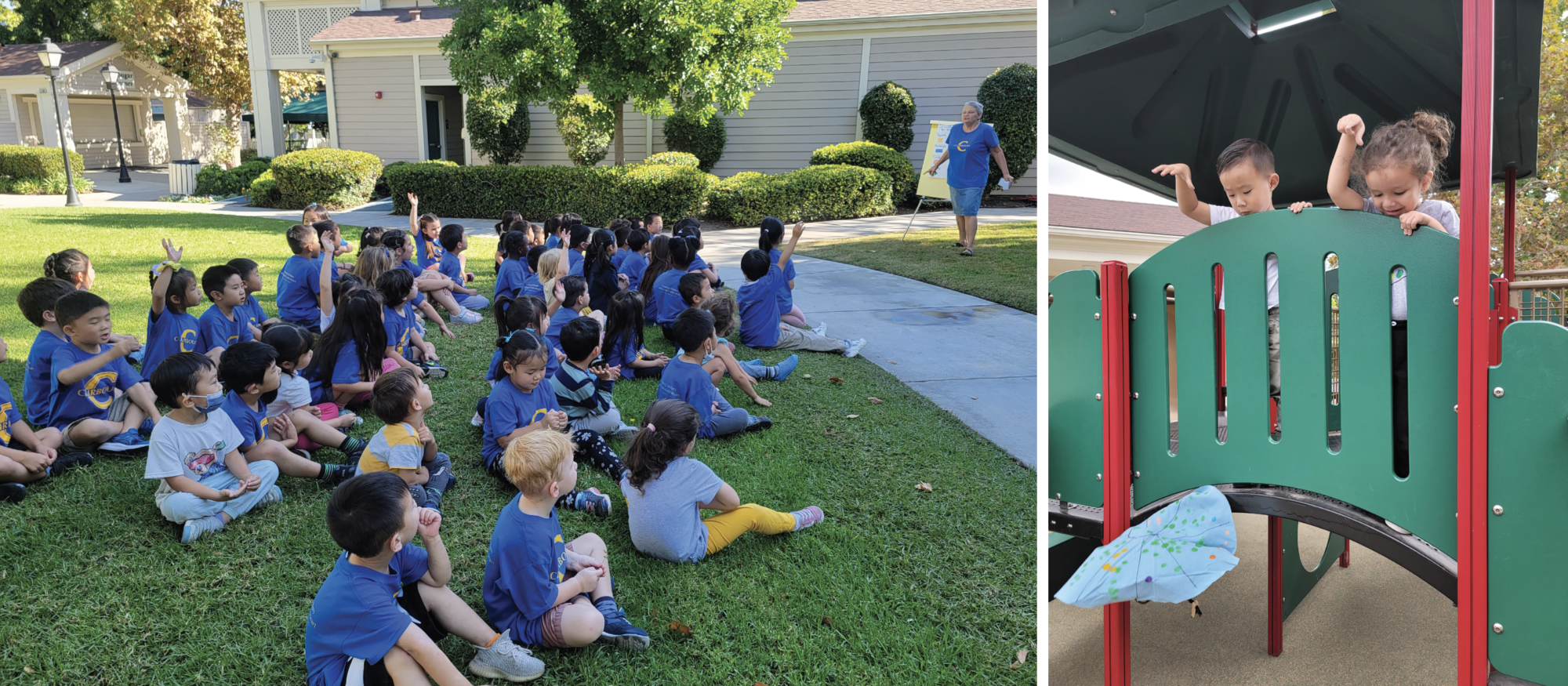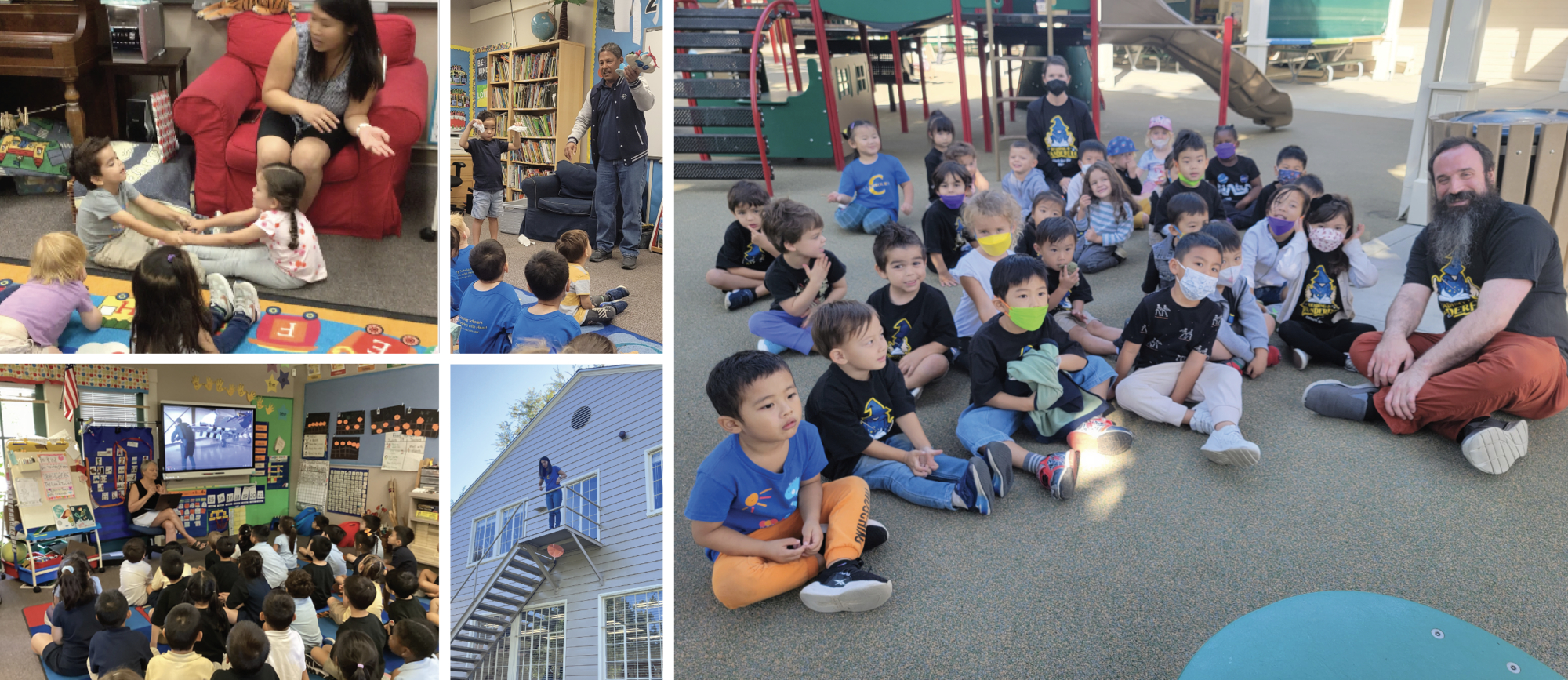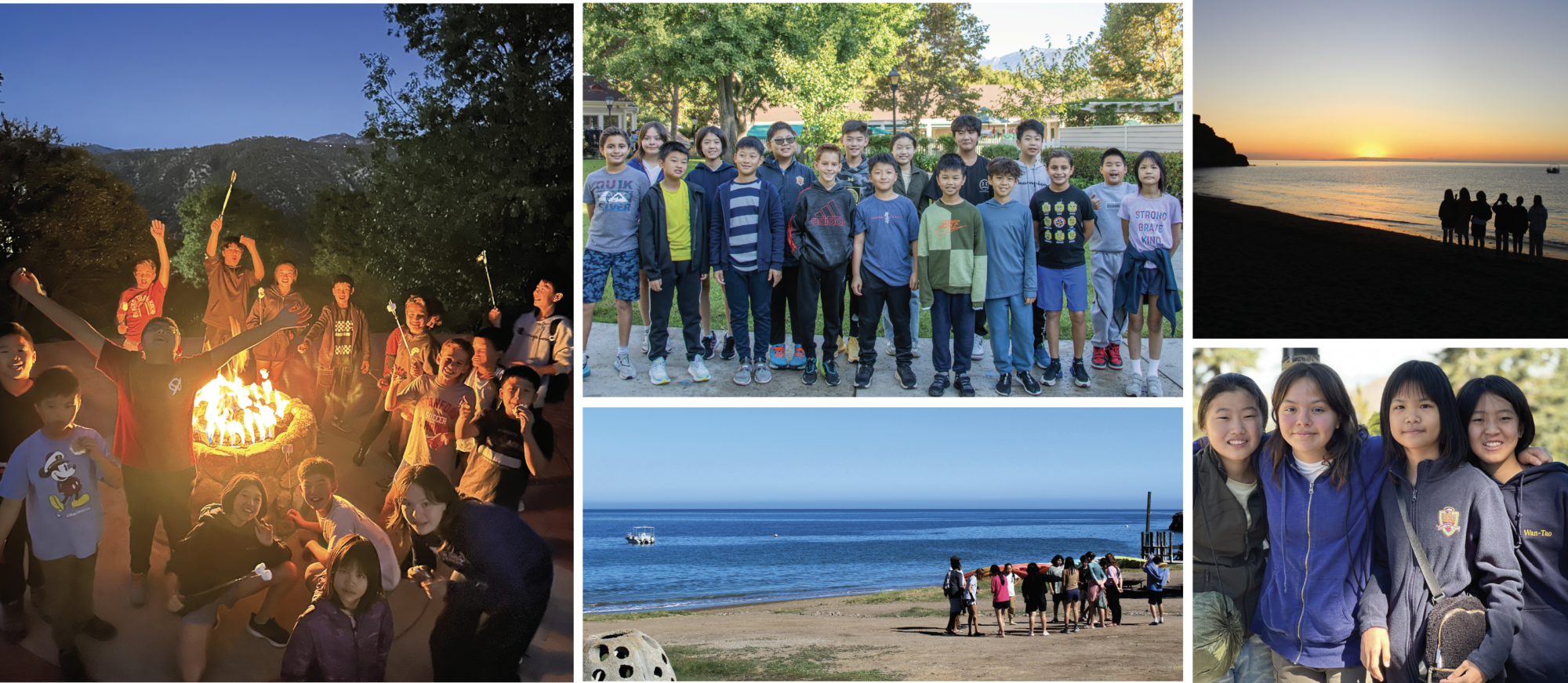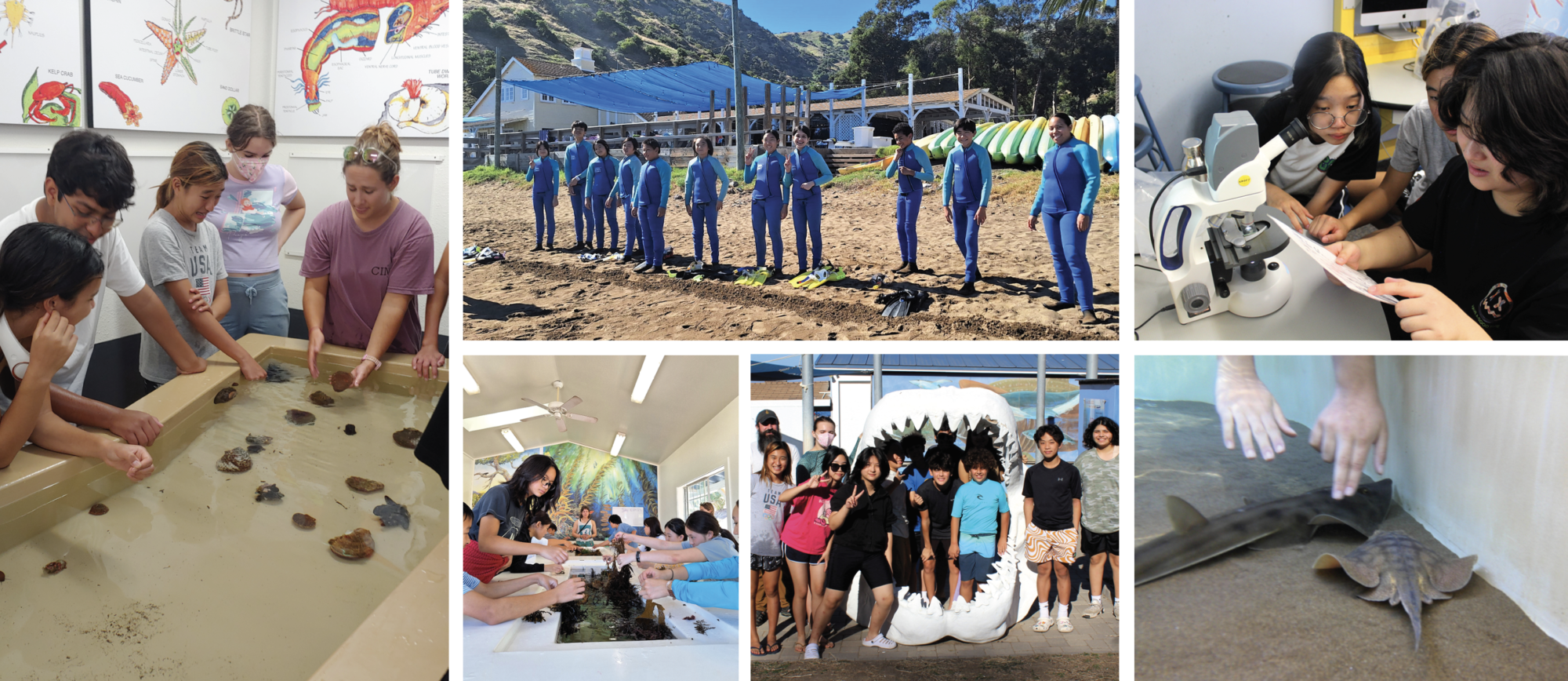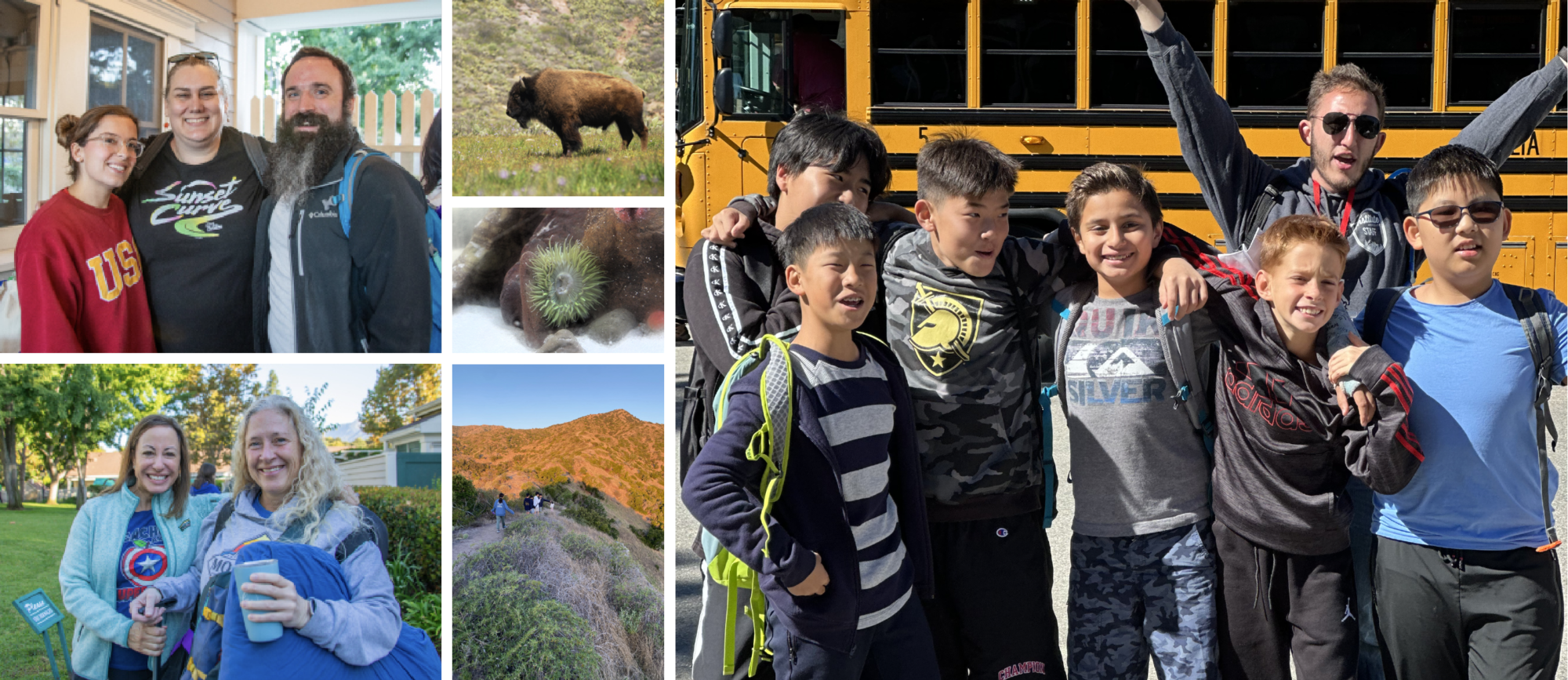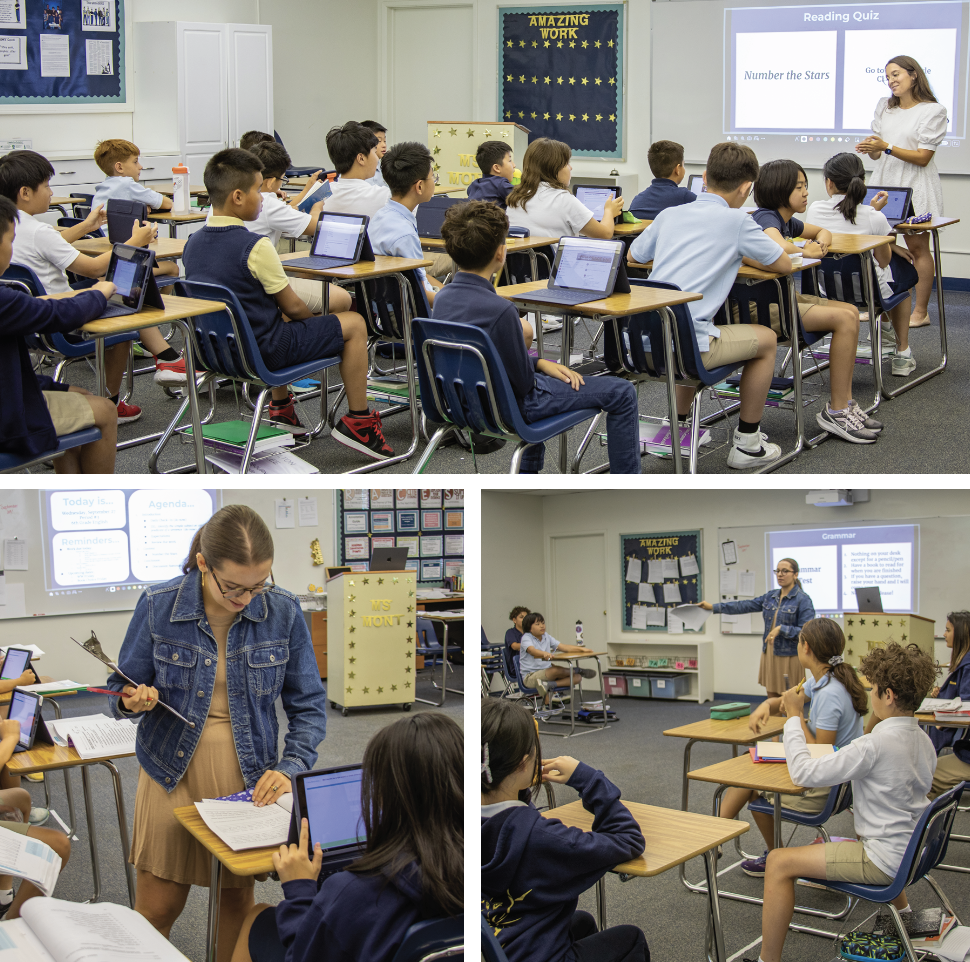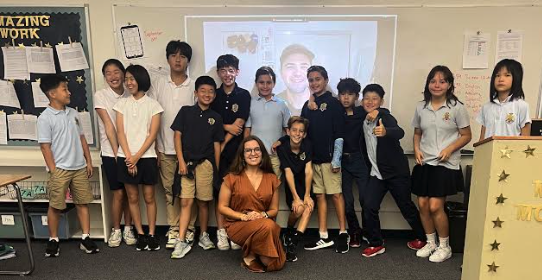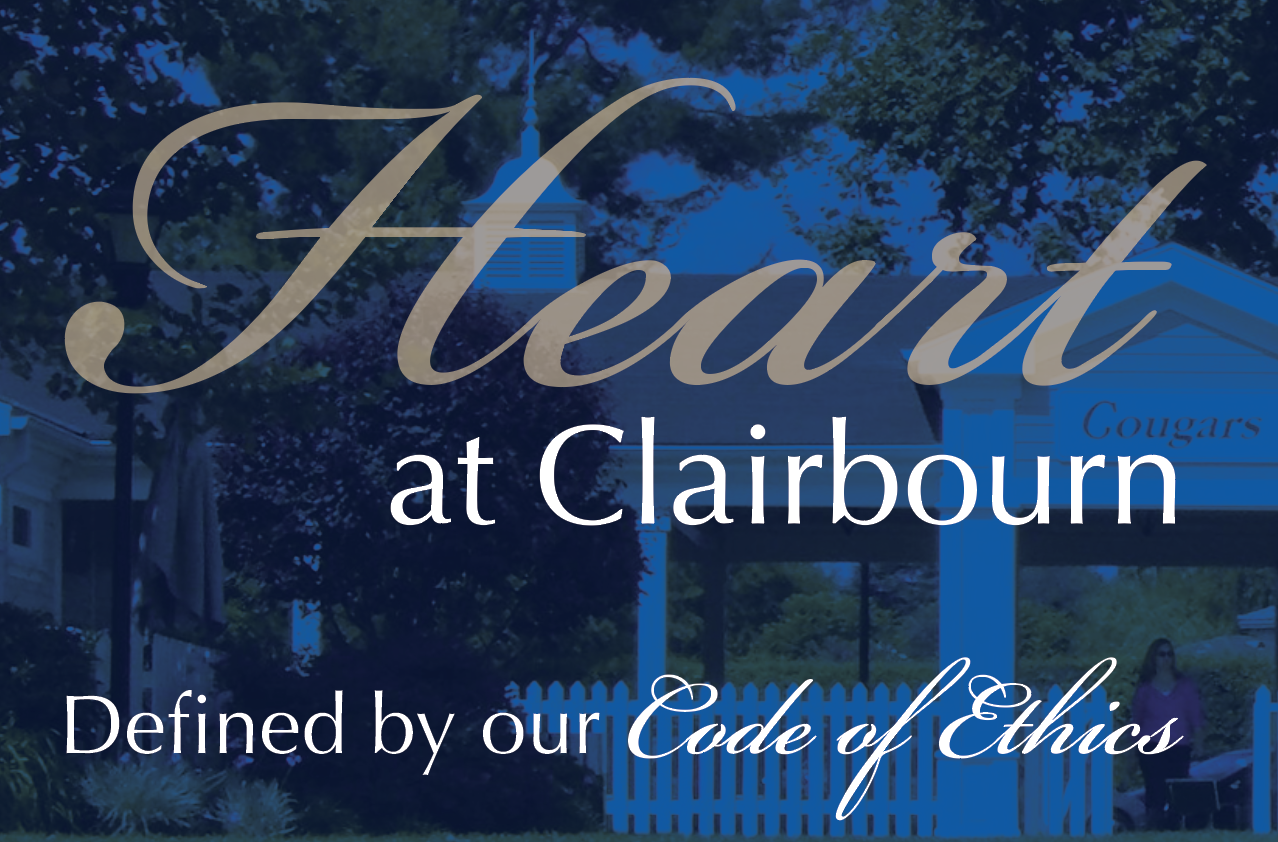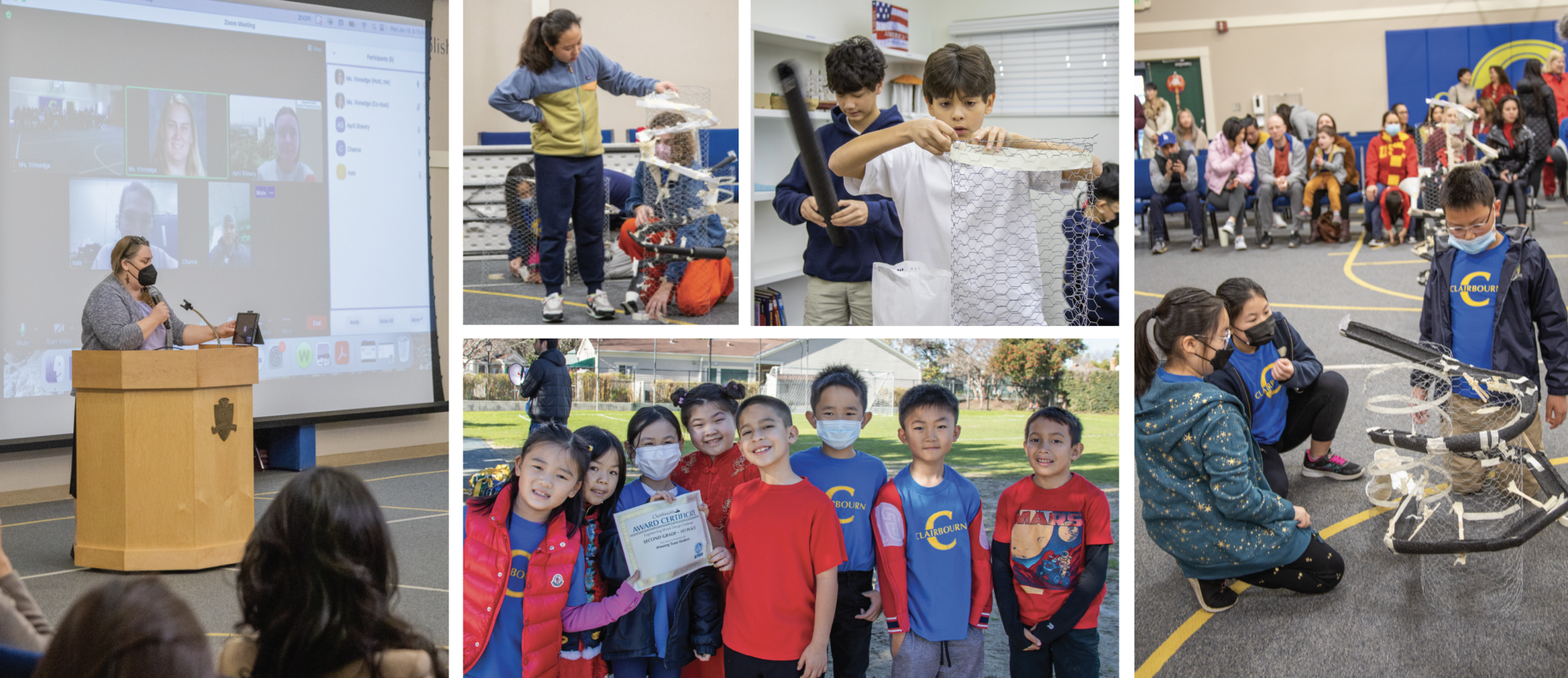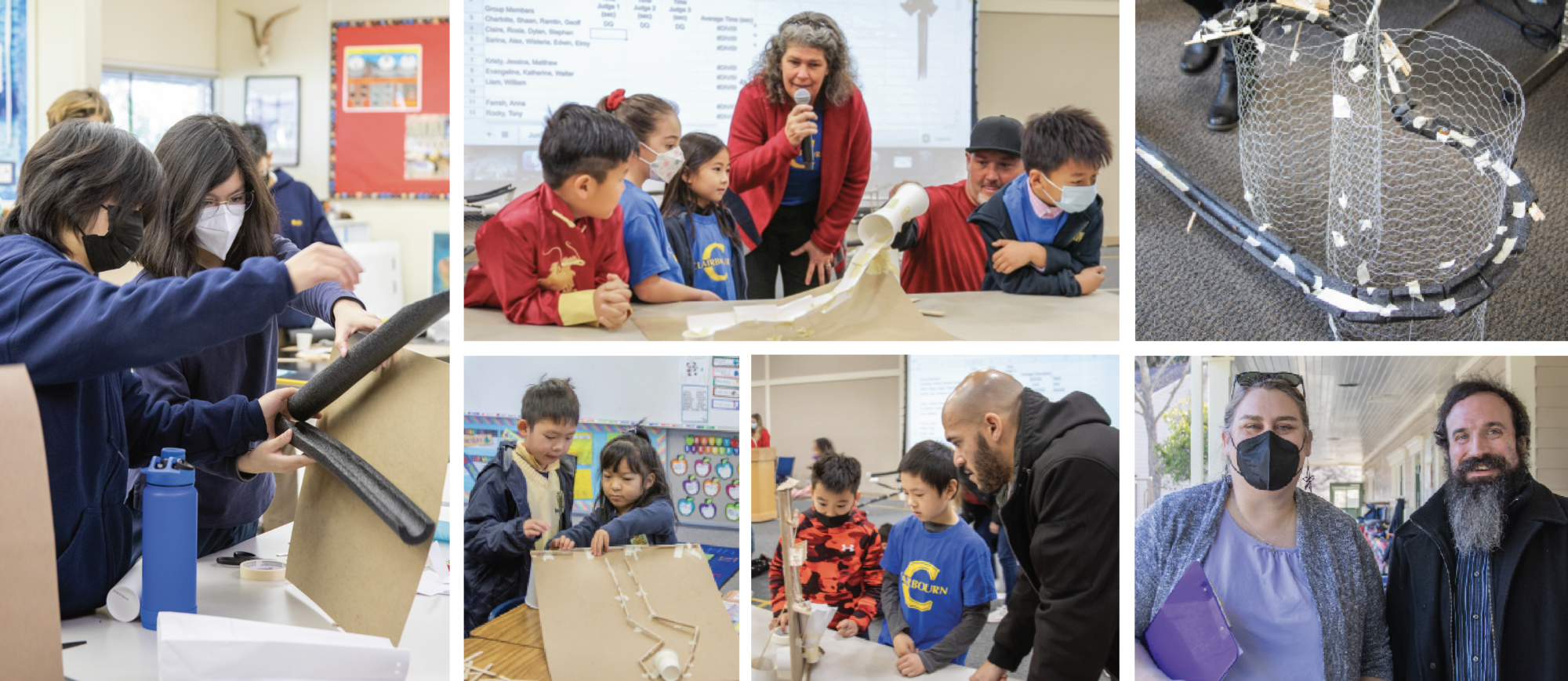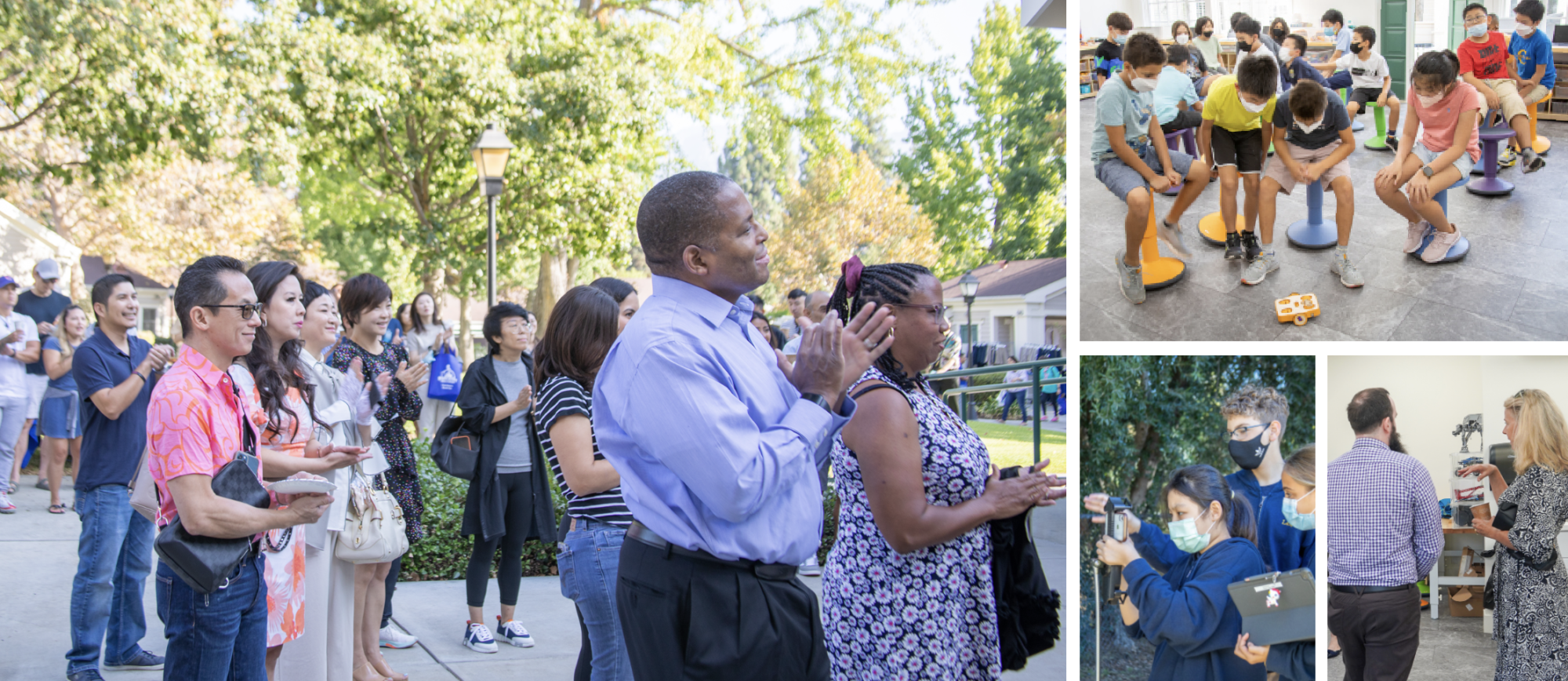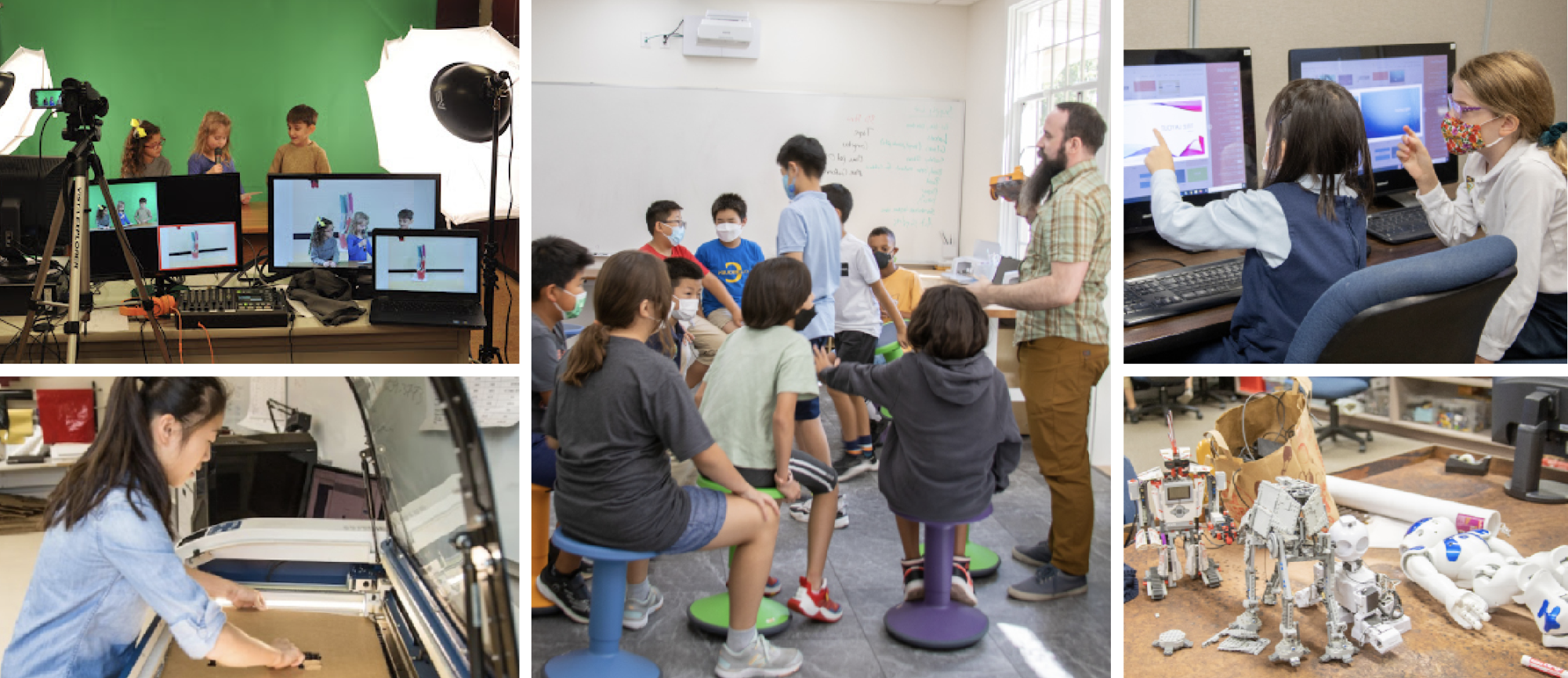Students in kindergarten to eighth grade embarked on the full Human Centered Design (HCD) approach from the Stanford University (d.school) and IDEO to design windsocks, anemometers and wind turbines to harness the kinetic energy of the wind and convert it into electricity. We began by learning how to assemble the turbine base out of PVC pipes, followed by cutting, stripping and electrical taping motors wires and alligator clips threaded inside the pipe bases.
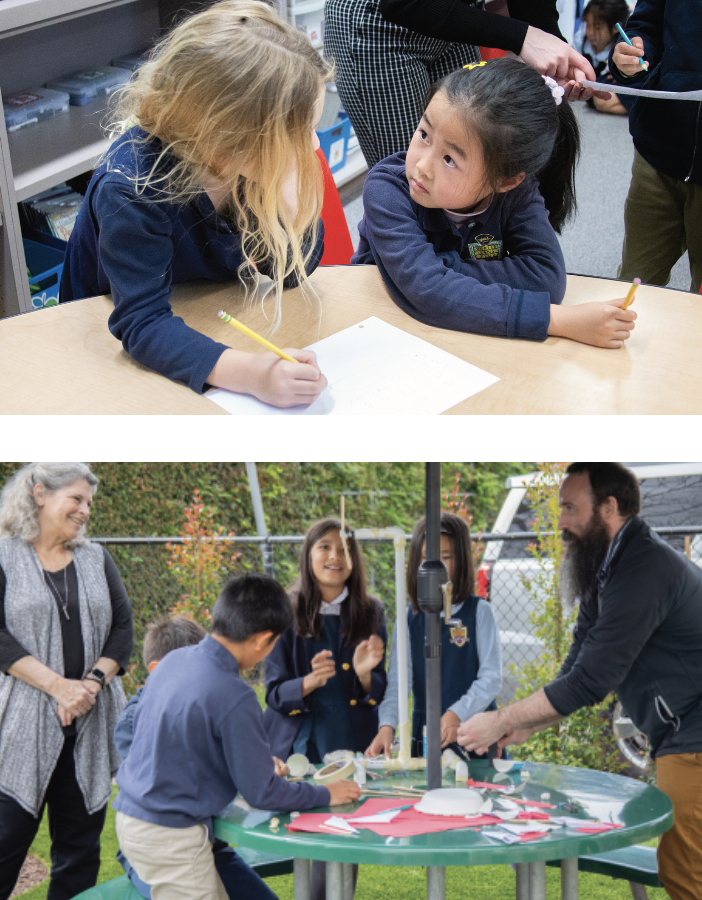
Next we brainstormed, or ideated as it’s called in HCD, Students drew plans and listed options for different variables including the material, length, width, angle and number of blades for their wind turbines. We researched what made turbines successful and learned some modern wind turbines use biomimicry to borrow from the serrated feathers of owls to reduce noise and increase output. With thousands of options, we narrowed the list down to the ones we had the materials for and, based on our research, thought would give us the best chance of success.
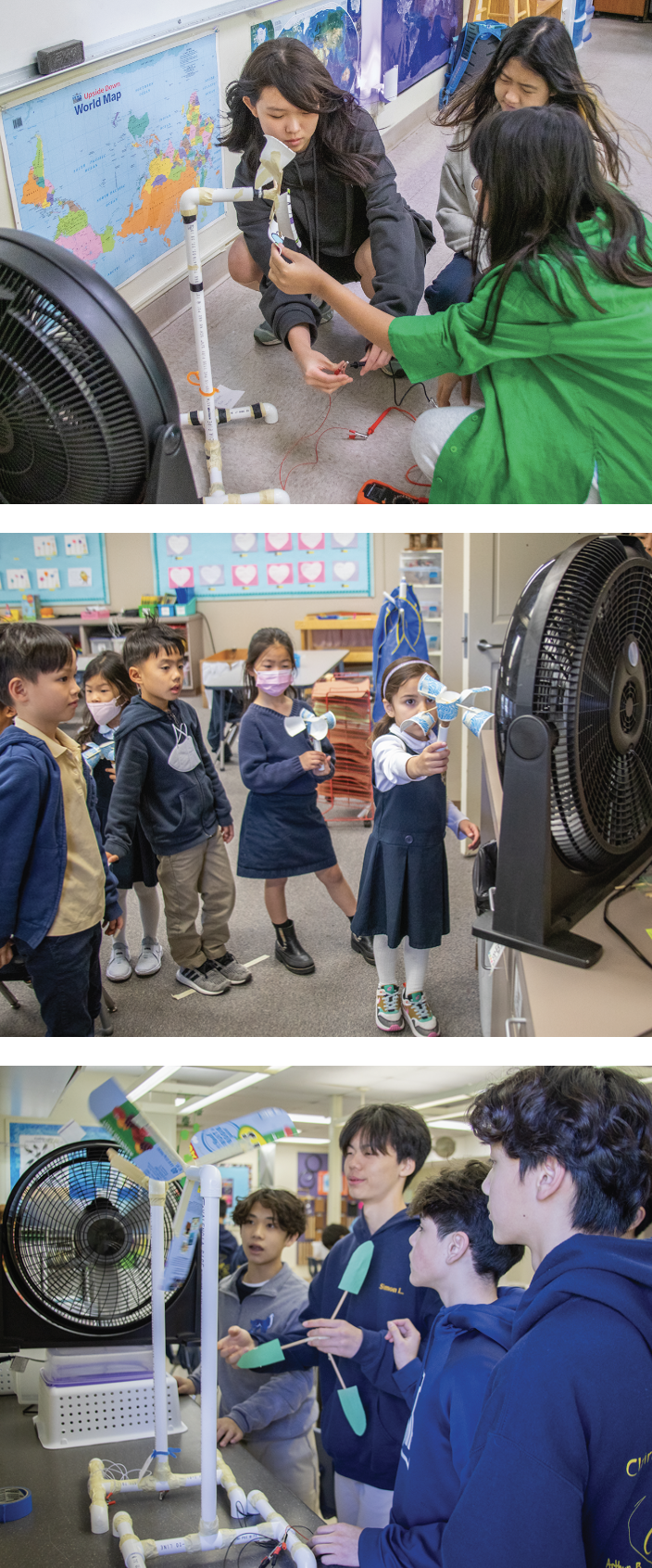
Students constructed hundreds of prototypes across the school and began testing them using multimeters to measure the amount of voltage their turbines generated when the wind blew via either a house fan or the Santa Ana winds. On average each turbine was able to generate around 0.15 volts. With 50 turbines in the school we could generate the same push as 5 AA batteries using just the wind!
Our engineers persevered through struggles learning each setback made their final product that much better on their way to their completed wind turbines. It was wonderful to see the students problem solve, identify what wasn’t working or what they wanted to improve and had the agency to fix it themselves. Special thanks to our I Lab teacher, Mr. Beaber for leading this year’s Engineering week and for all of his patience working with many students!

